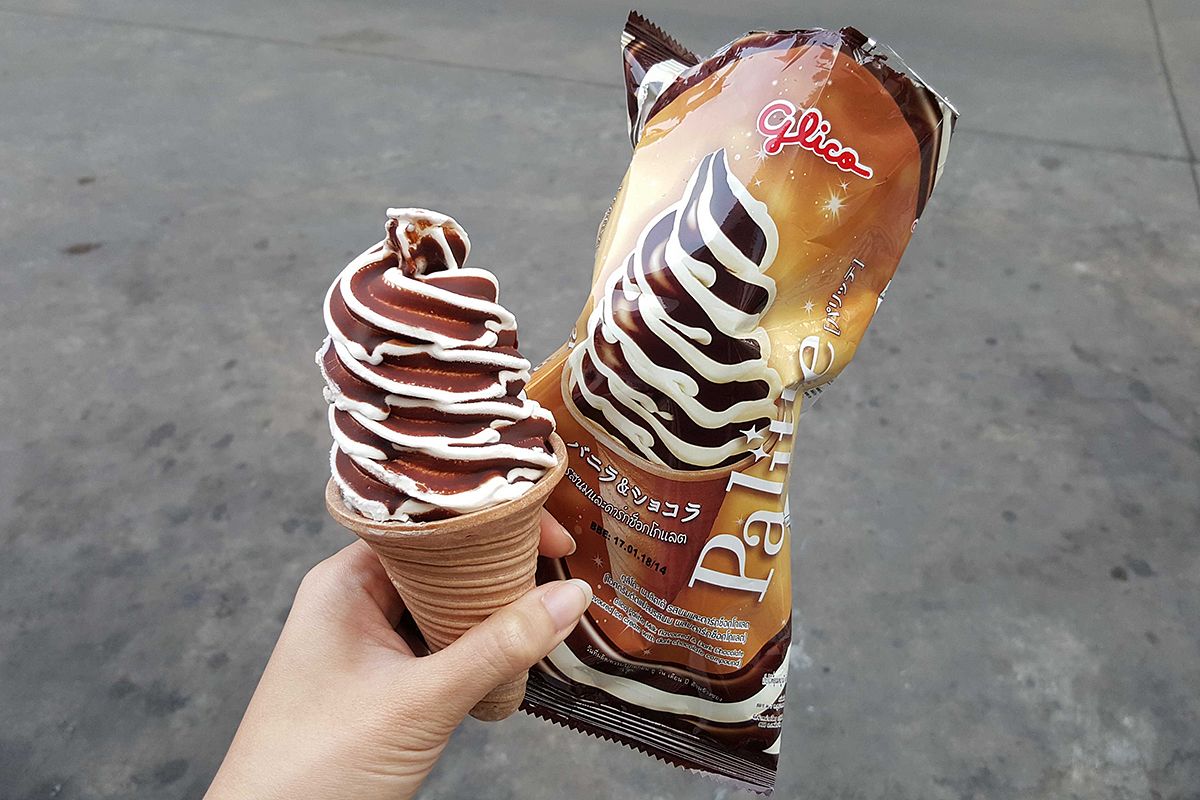Southeast Asia’s dessert market is getting some healthy competition as Japanese companies join the fray, hoping to take a piece of the pie from their European counterparts.
Though European firms have long held sway in the region – treat maker Unilever arrived in Thailand in 1989, while Nestle showed up in 1993 – Japanese businesses seek to enter Southeast Asia’s dessert game, reports Nikkei Asian Review. However it’s not going to be an easy road for frozen treat producers, as the two above-mentioned companies now control 60% and 15% of the regional market, respectively.
Part of the European firms’ strength lies in their range of products, which span from cheap, low-end treats to more expensive, high-quality desserts. Japanese companies, on the other hand, are banking on the region’s rising middle class, aiming to balance good quality with a mid-range price point.
Newbies like Ezaki Glico and Akagi Nyugyo recently entered the Thai market and are managing to make inroads. Today, Thai shoppers can find Glico products in roughly 2,000 locations in and around Bangkok; about half of these venues are supermarkets and convenience stores. While this represents positive growth, Kiyotaka Shimamori, Glico Frozen’s Thailand leader, believes there is more work to be done in developing relationships with small business owners.
“There is demand for our products, but it is essential to cultivate locally rooted sales channels,” Shimamori told Nikkei.
In a region where family-owned businesses like Vietnamese tạp hoá are far more prevalent than large retail chains, foreign companies must look to smaller local businesses in order to grow.
In this regard, both Nestle and Unilever have succeeded. In addition to a sales network of more than 60,000 stores, Unilever also boasts 5,000 mobile vendors in Thailand alone, whose traveling ice cream men and women help to bring brand visibility beyond local shops. Nestle’s network is about half the size.
Still, Japanese companies remain confident that they’ll be able to wedge their way into the dessert business.
“We want a 20% market share in Thailand as soon as possible,” Glico’s Shimamori told the news outlet.
[Photo via Pantip]














